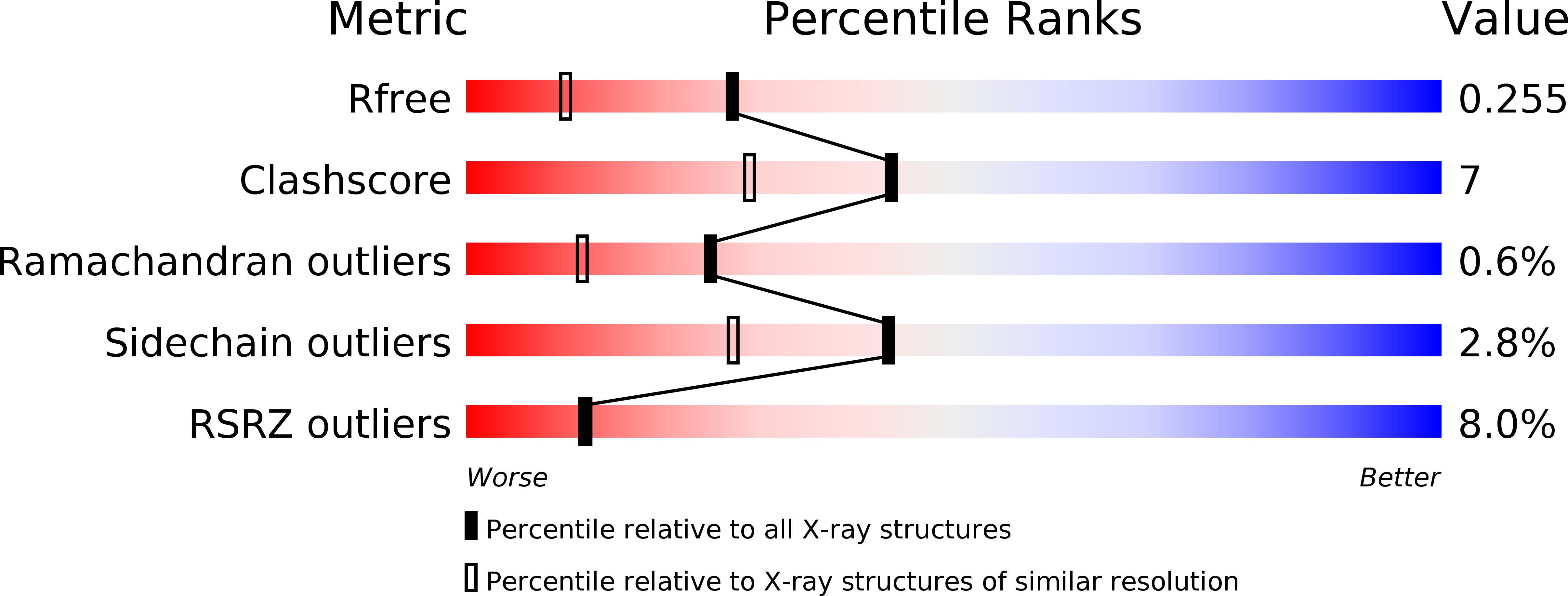
Deposition Date
2001-06-02
Release Date
2001-06-11
Last Version Date
2023-08-16
Entry Detail
PDB ID:
1JB7
Keywords:
Title:
DNA G-Quartets in a 1.86 A Resolution Structure of an Oxytricha nova Telomeric Protein-DNA Complex
Biological Source:
Source Organism:
Sterkiella nova (Taxon ID: 200597)
(Taxon ID: )
(Taxon ID: )
Host Organism:
Method Details:
Experimental Method:
Resolution:
1.86 Å
R-Value Free:
0.24
R-Value Work:
0.23
R-Value Observed:
0.23
Space Group:
P 61 2 2


